By Emma S. Ahmad
Every art collection has a beginning. A first piece. A story. Developing a collection does not simply involve amassing singular pieces of art that attract your gaze. It entails creating a meaningful grouping of works that mesh together in such a way that expands the potential of each individual work, fabricating something new entirely. Private art collections are also incredibly influential, holding the power to shape the field of contemporary art, to shape the art historical canon.
Earlier this spring, the Dallas Contemporary opened Cerámica Suro: A Story of Collaboration, Production, and Collecting in the Contemporary Arts, which presented the private collection of José Noé Suro and his wife, Marcela Preciado, in its first major exhibition in America. Suro is the owner of the Guadalajara-based ceramics studio, Cerámica Suro, which could be considered one of the most influential hubs for ceramic artists and designers in Mexico. But it didn’t start off that way.
In 1951, Cerámica Suro opened its doors as a family-owned factory in Tlaquepaque, specializing in dinnerware and decorative objects for luxury hotels in the area. It wasn’t until the 1990’s that José Noé Suro took over his fathers business and began to expand the potential of the workshop. Although they still continue to make custom ceramics, tiles, and tableware for select resorts and restaurants of their choosing, Cerámica Suro is now an acclaimed creative incubator for artists to push the boundaries of their imagination. Visual artists, industrial designers, and architects from around the world are invited into the workshop to experiment in their practice, and now the product of decades of collaboration gets to see the light of day. The exhibition was organized by Viviana Kuri, the executive director and chief curator of Guadalajara’s Zapopan Art Museum, where the first version of the show ran from October 31, 2021 to May 15, 2022. The exhibition then moved to Dallas, Texas, which was no random choice. Bits of Suro’s influence can be seen all over the city in exterior facades and pathways, though it’s most evident in the contemporary Mexican restaurant José (yes, it was named after him), which features ceramics, tiles, and murals sourced directly or indirectly from his factory. His history with the city’s contemporary design and architecture cemented Dallas as an ideal stop for the show.
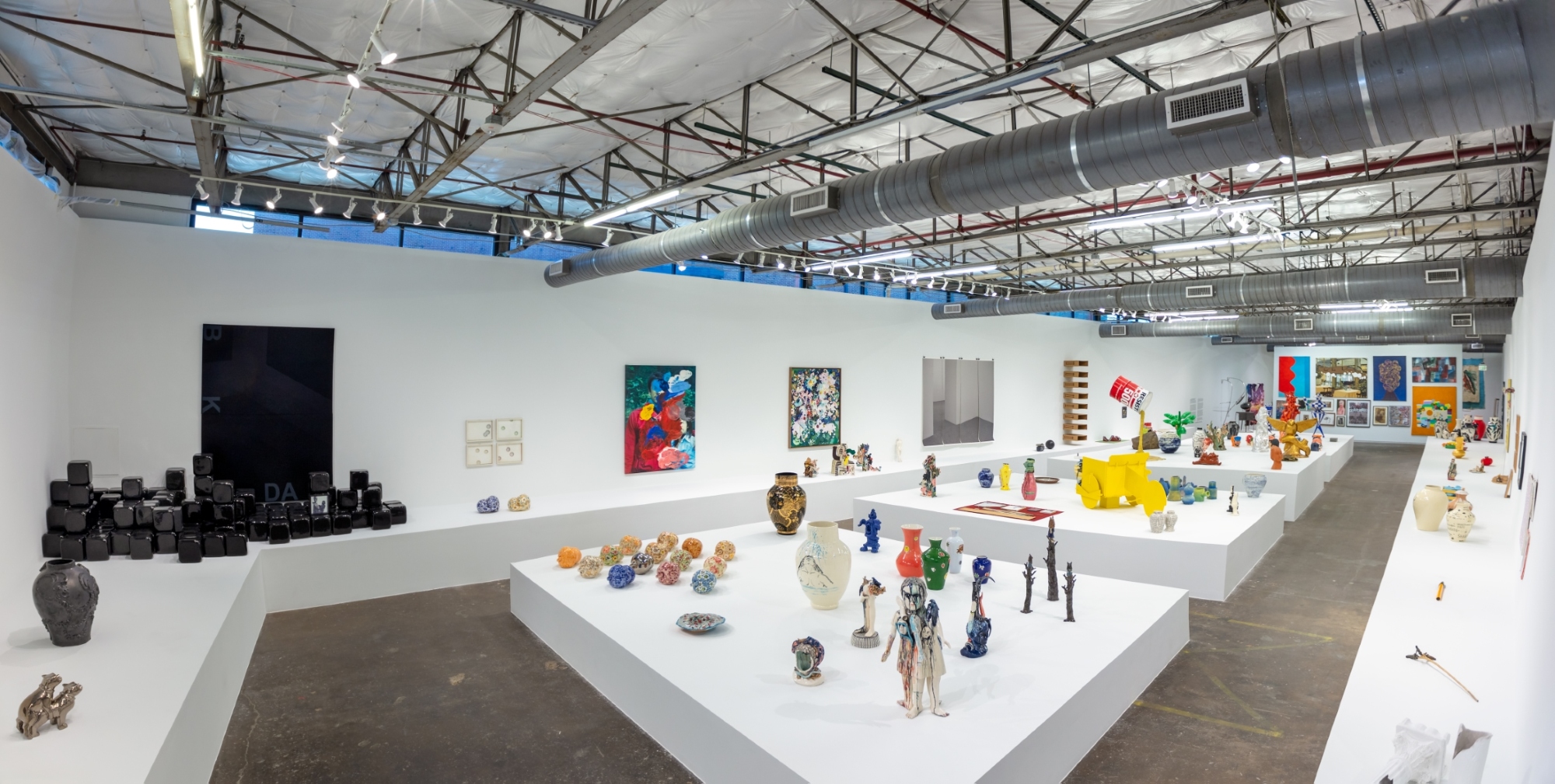
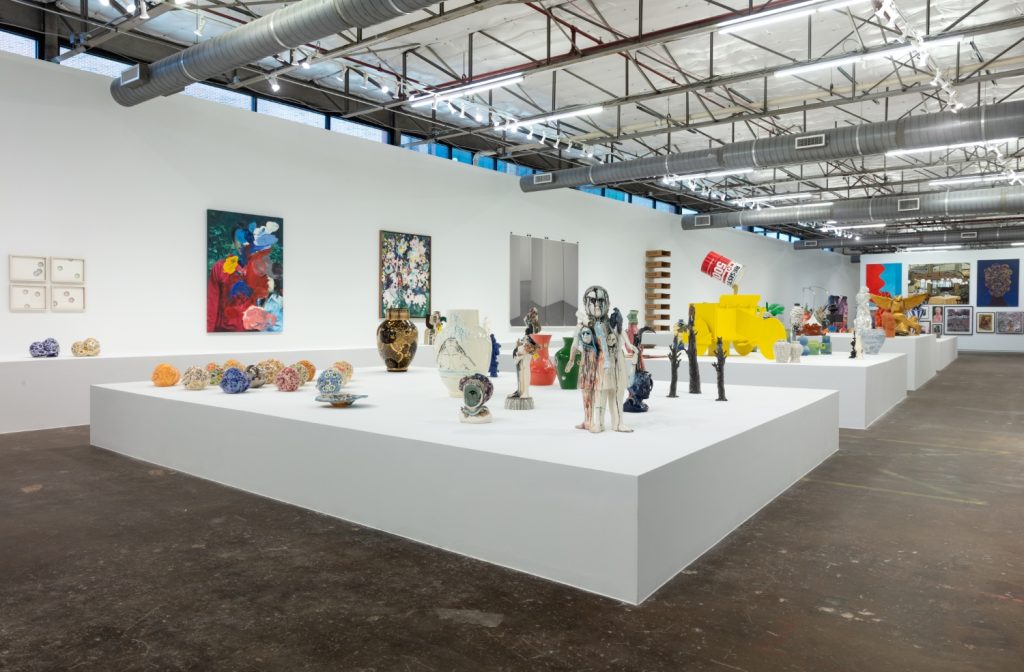
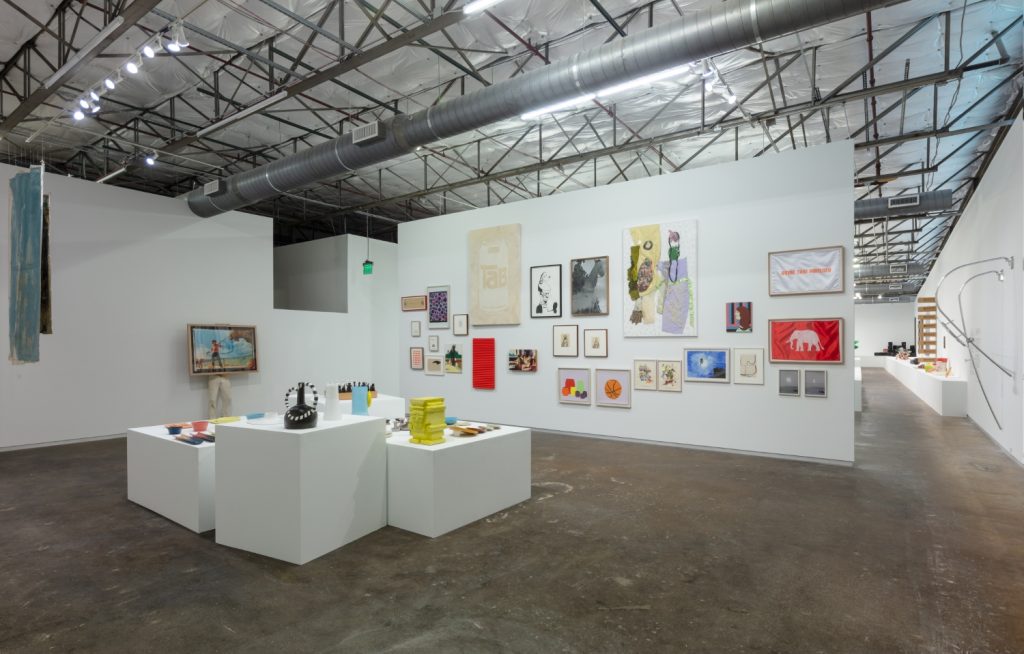
The Dallas Contemporary is a huge warehouse space, so the entirety of the exhibition can be viewed in a single, massive room with the exception of one wall in the back of the space obscuring a small portion of work. With over 150 artworks on display, a small portion of their collection of over 700, the room is a sight to behold. Walking around, I felt miniscule next to the huge display stands, which evoked long shelves. It took me back to childhood days at my grandmother’s house, investigating the countless antique relics and knick-knacks that lined her bookshelves and china cabinets, many of which I wasn’t quite tall enough to reach.
The work in the show covers a wide range of materials, techniques, and movements. There are pieces by internationally renowned artists mixed in with more regionally known, emerging artists. Some of the artists are known for their ceramic or sculptural works (i.e. Nairy Baghramian, Alma Berrow) whilst others are widely known for their works on paper (i.e. Marcel Dzama, Daniel Guzmán), their time at Cerámica Suro a period of experimental growth with new media. About a third of the artists in the show are from Mexico with the remaining artists spanning the rest of the globe. Artists like Jorge Pardo and Jose Dávila were meaningful features in the show given their long term collaboration with the studio for the past few decades as their careers skyrocketed.
Each piece in the exhibition was the star of the show in its own way. Nicole Eisenman’s classic vases were embellished with historic scenes of violence and confrontation. Adam Pendleton, who works under the self-coined conceptual manifesto of Black Dada, filled up a corner of the gallery with his black ceramic cubes and monochromatic diptychs. Jose Dávila’s cardboard replica of Donald Judd’s stacked wall units is distinctly amusing, especially paired next to Dallas-based artist Jeff Gibbons’ Toast Sex, which depicts two pieces of toast in a frying pan on top of a radio cassette recorder which plays classical music as the bread sizzles. Mystical sculptures by costume designer and artist Renata Morales blur the lines between art and craft, producing colorful pieces that are both intimate and haunting. She attributes her exploration into ceramics and the ability to develop new techniques to the Cerámica Suro studio. Alejandro García Contreras’ glazed ceramics reference pop culture icons such as Sailor Moon and Asuka from the anime Neon Genesis Evangelion, creating scenes that are both fantastical and sexual in nature. His use of chains, sand, and glass charms elevate his pieces to something of an antique treasure, playing on themes of femininity and power. One of my personal favorites is a small cast resin pickle titled Self Portrait as a Pickle by Austrian surrealist sculptor Erwin Wurm, which brought a smile to my face the moment I laid eyes on it. Each piece promises a story.
The collection is wholly authentic, deprived of the academic nature that can so often divide the art world from the common person. It wasn’t created by a trained art historian or dealer looking purely to amplify the value of their possessions. And the collection is not just about Suro himself and his artistic tastes; it is a story of the many relationships he has formed and facilitated over the course of his lifetime. That is not to say that Suro isn’t a knowledgeable professional, but more so that his selection comes from the heart. Perhaps that is why the show feels so familiar and refreshing. It lingers in the mind so much that you have to return to take another look, to see all the details you missed before.
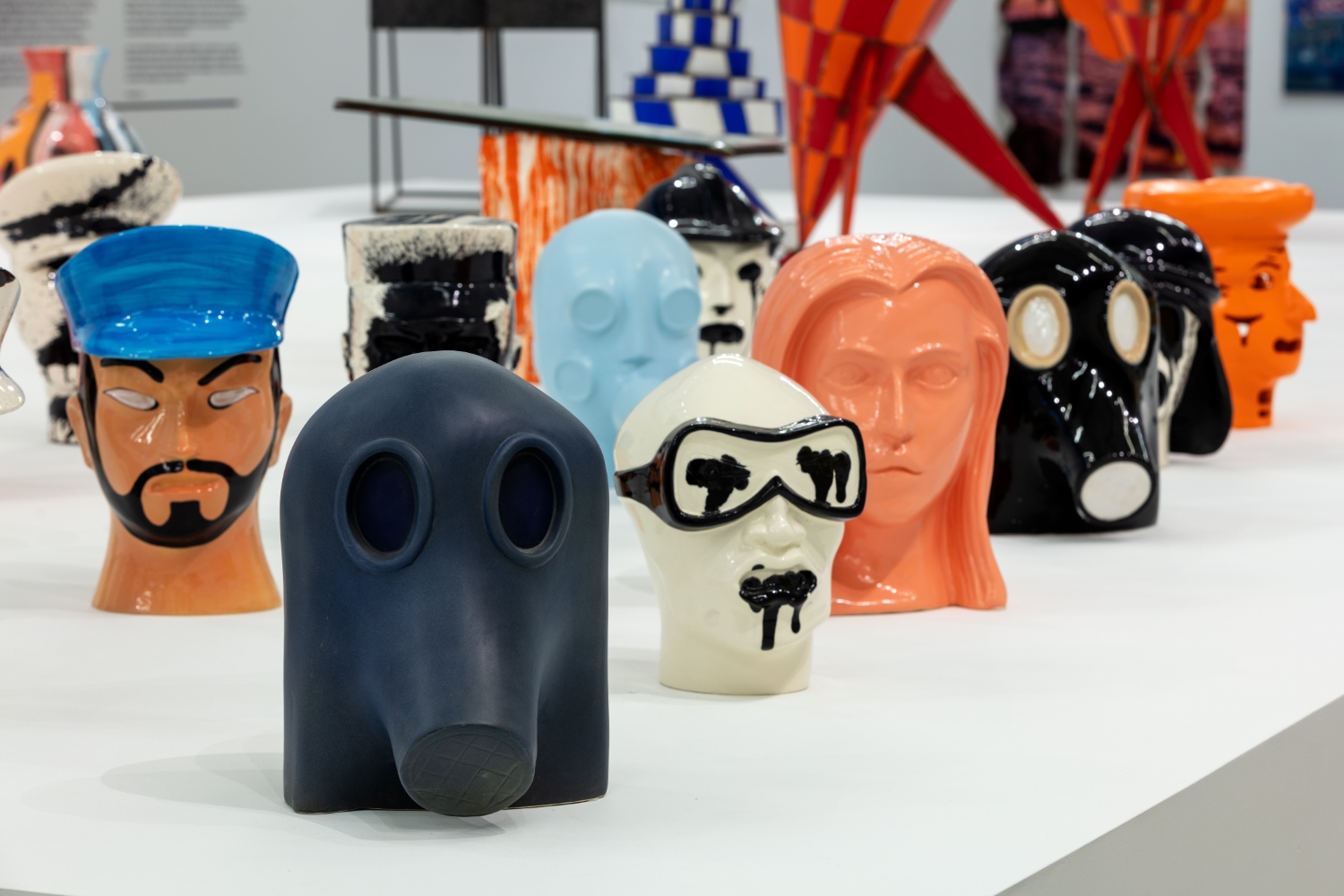
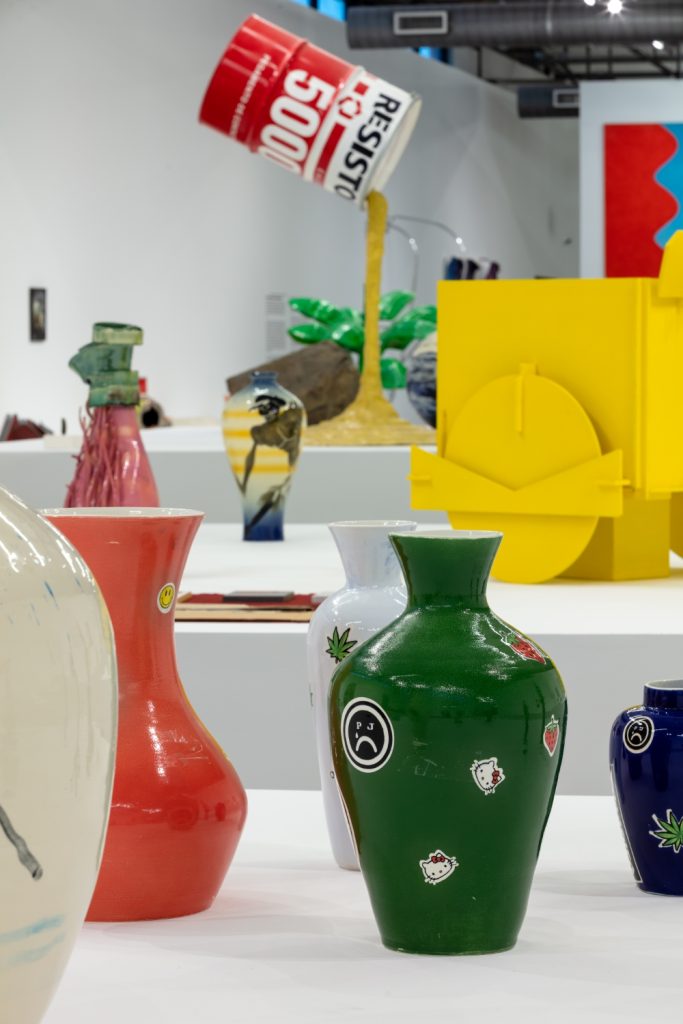
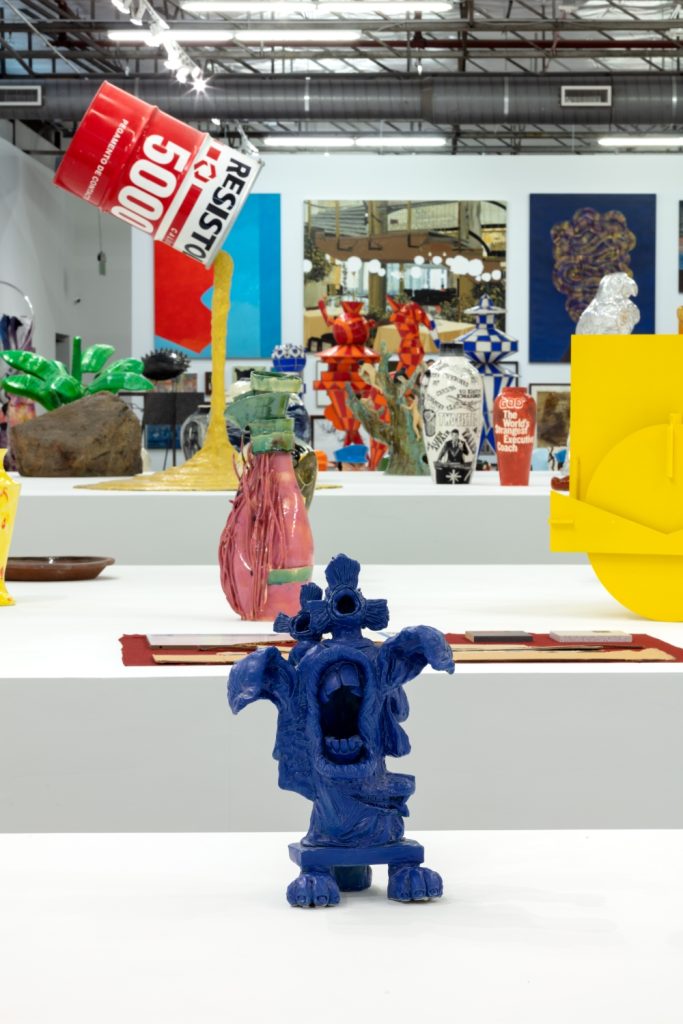
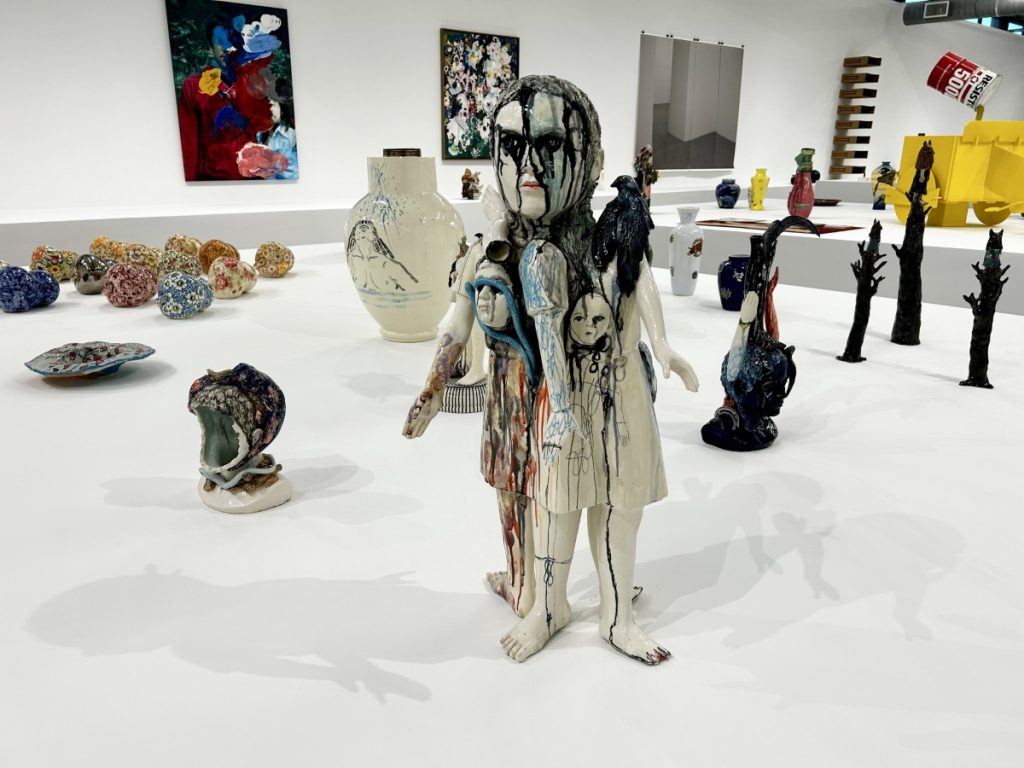
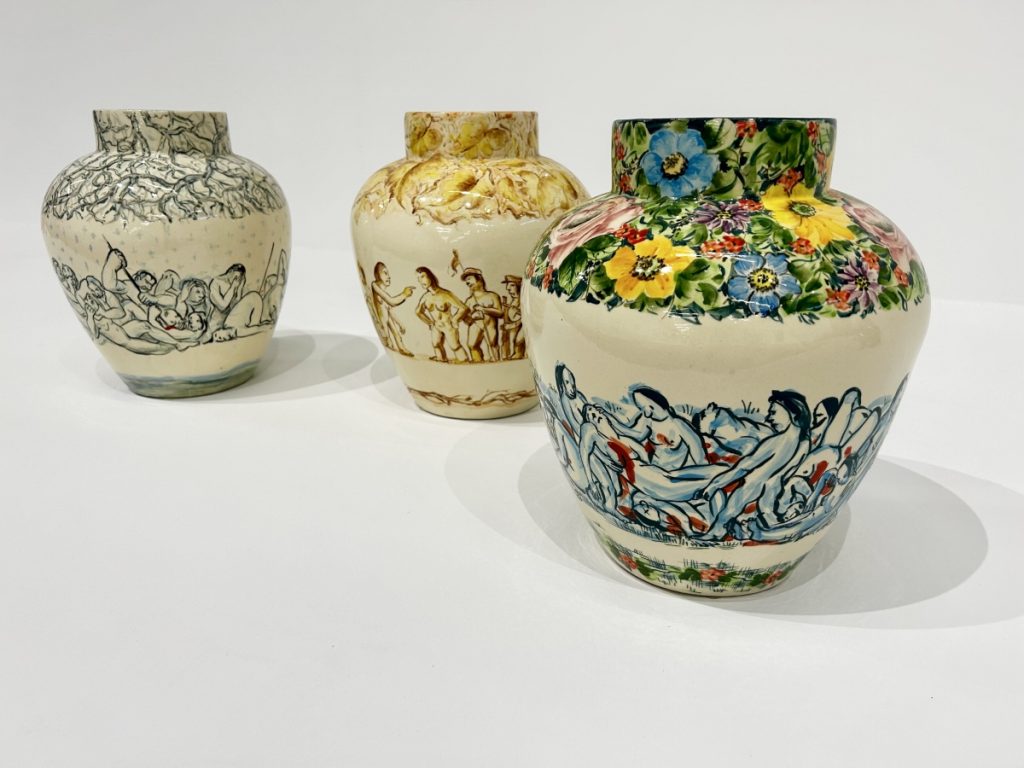
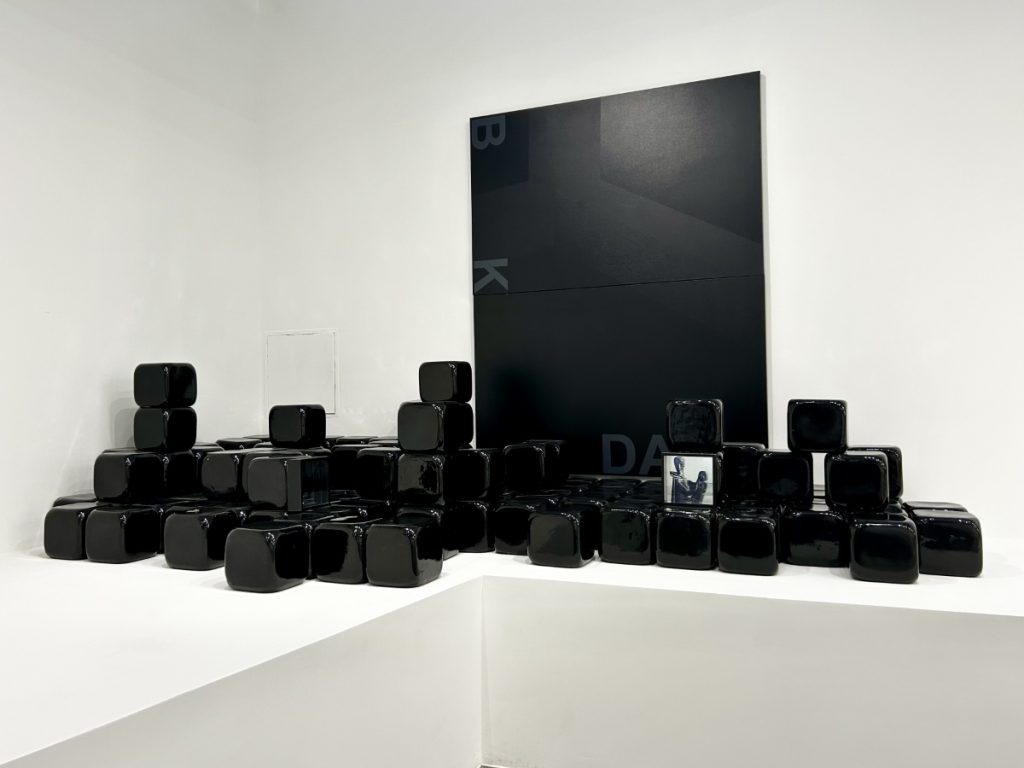
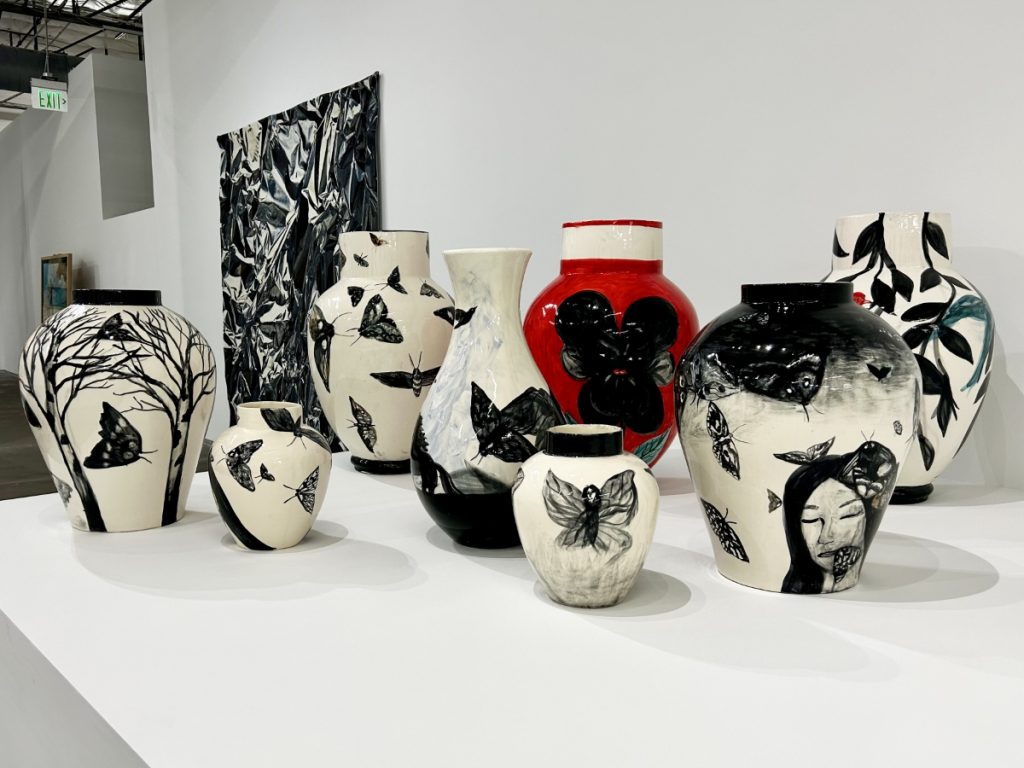
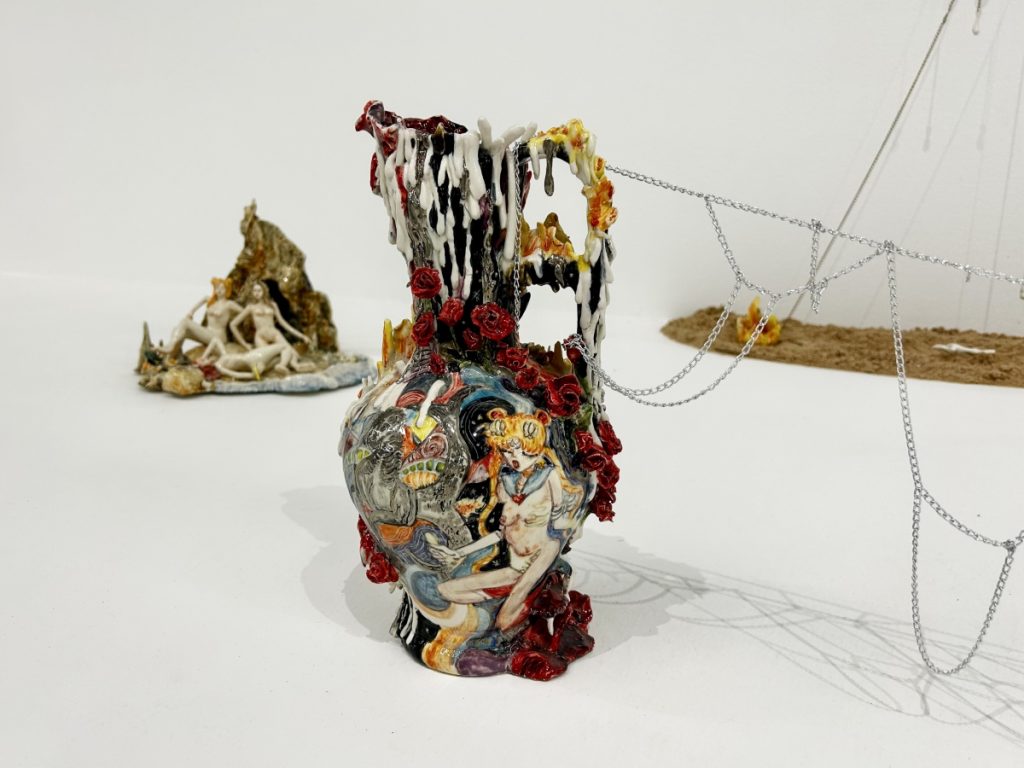
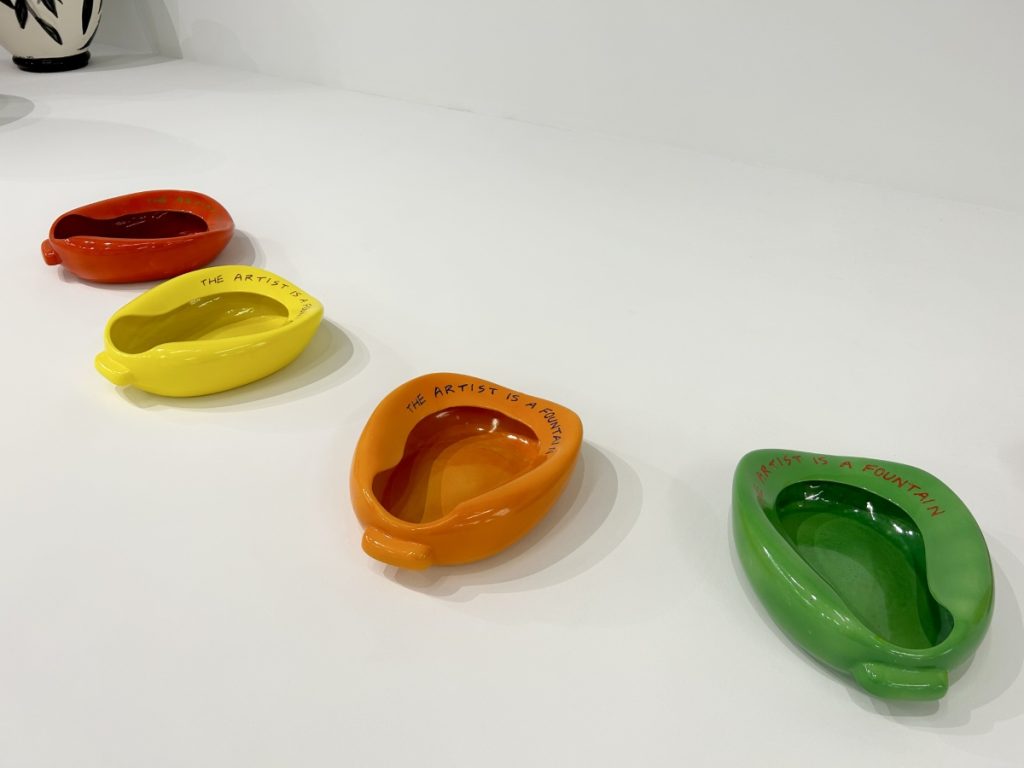
Since the show is not limited by a particular theme or concept beyond belonging to a singular collection, it may appear difficult to pin down an overall mood or message. But it is the exhibition’s range that gives it its playfulness, humor, and joy. The work is as versatile as the medium of ceramics itself. It is a show that is hard to stop thinking about. Why is that? Perhaps it is the unexpected pairing of pieces next to one another (such as Klara Kristalova’s muted vases adorned with illustrations of dark butterflies next to John Baldessari’s brightly colored ceramic bedpans, riffing off of Duchamp’s Fountain). Or that the method of display is so overwhelming that it spurs a sense of wonder the moment you enter the space. Or that, most surprising of all, despite its expansive grandeur, it evades pretentiousness.
To quote Virginia Woolf’s A Room of One’s Own, “Intellectual freedom depends on material things.” Suro did not come from great wealth, but he did have one exceptional resource: his workshop, filled with the physical space and equipment necessary to create a catalyst for creative growth. It is safe to say that Cerámica Suro provides a rare opportunity within the art world and specifically for individuals working in ceramics. He offers mentorship and community amongst the artists, supporting them and trusting fully in their vision. Overall, the exhibition showcases the potential of what can be created when you pair a large-scale ceramics factory with the free rein of brilliant creatives from around the world.
Cerámica Suro: A Story of Collaboration, Production, and Collecting in the Contemporary Arts is on view at the Dallas Contemporary from April 20, 2023 to December 31, 2023.
Emma S. Ahmad is an art historian and visual arts writer based in Dallas, Texas.
Photos by Kevin Todora (1-6) and Emma S. Ahmad (7-15)
Captions
- Renata Morales, rm17cso2, 2017, glazed ceramics
- Nicole Eisenman, Untitled, glazed ceramics
- Adam Pendleton, Untitled, 2022, glazed ceramics / Black Dada (bk/da), diptych / Estados Unidos, 1984, serigraph on mirror
- Klara Kristalova, Untitled, 2010, glazed ceramics
- Alejandro Garcia Contreras, Gaurdian del Umbral, glazed ceramic, chains
- John Baldessari, The Artist is a Fountain, 2002, glazed ceramics















